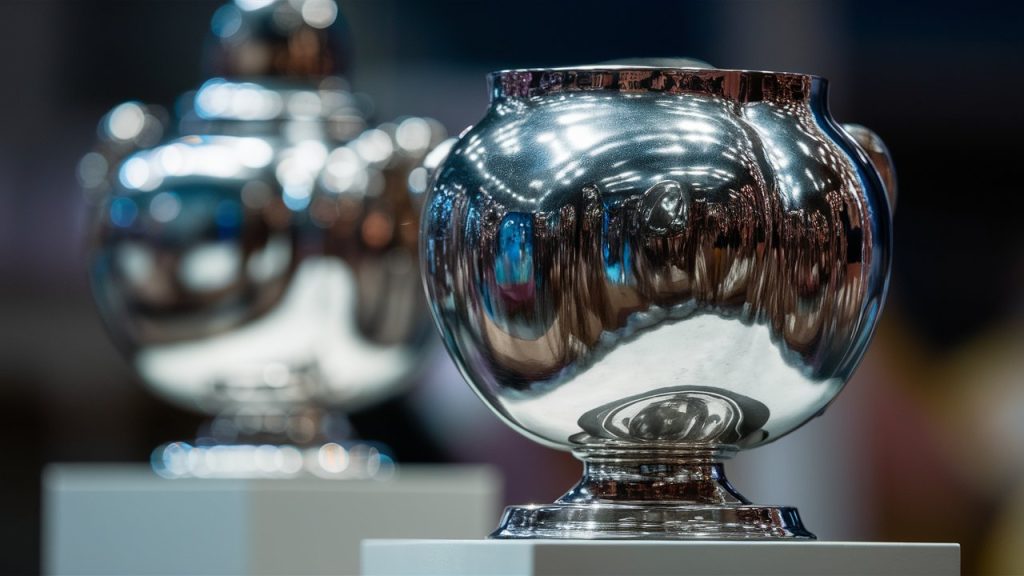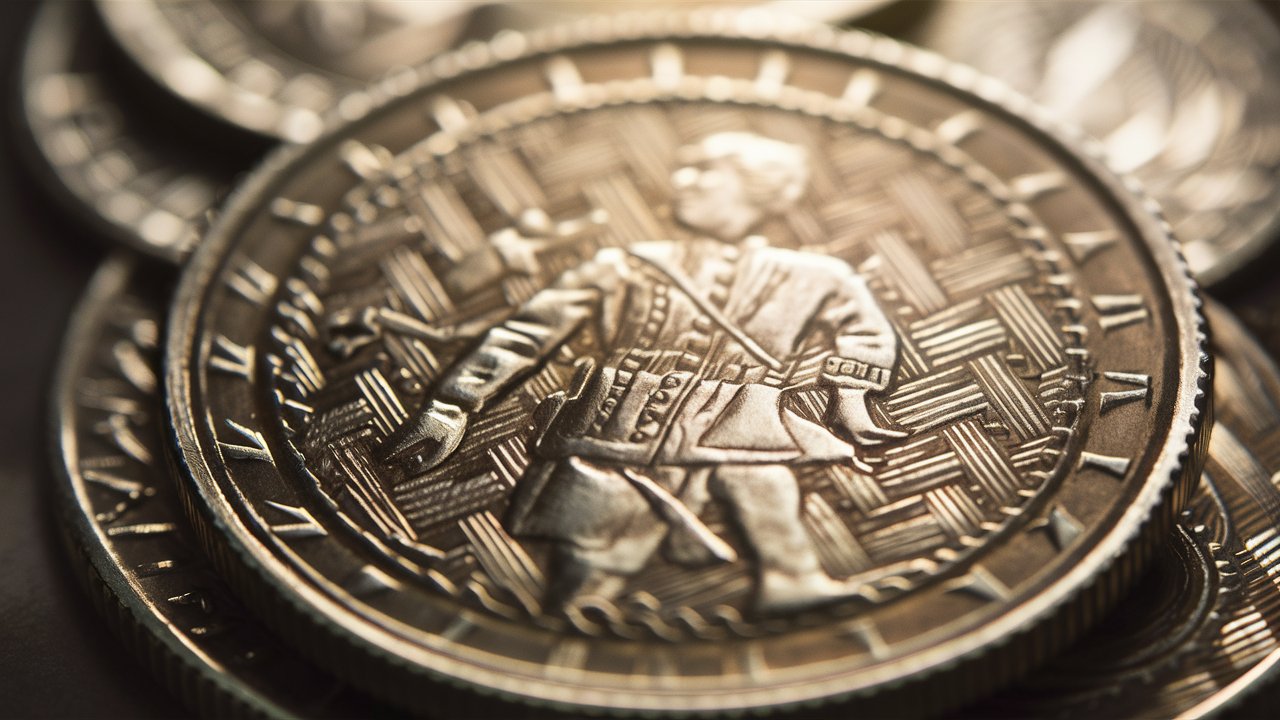Table of Contents
German silver, despite its name, is not actually silver. Instead, it is an alloy composed primarily of copper, nickel, and zinc. To begin with, the term “German silver” is a testament to the alloy’s origins in Germany during the early 19th century. This metal, also known as nickel silver, has garnered widespread popularity due to its unique properties and diverse applications. Consequently, it is essential to understand what makes German silver so special and how it has become a staple in various industries.
Composition and Properties

Firstly, the composition of German silver plays a crucial role in its characteristics. Typically, it contains about 60% copper, 20% nickel, and 20% zinc. This blend of metals results in an alloy with a silver-like appearance, hence the name. Furthermore, the presence of nickel gives it a high resistance to corrosion and tarnish, which is particularly advantageous. Additionally, German silver is known for its excellent malleability and ductility. Consequently, these properties make it an ideal material for crafting intricate designs and shapes.
Historical Significance
Moreover, the historical significance of German silver cannot be overlooked. The alloy was first developed in Germany in the early 1800s as an affordable substitute for silver. As a result, it quickly gained popularity across Europe and beyond. For instance, it was widely used in the production of cutlery, coins, and various household items. Additionally, German silver became a favorite material for artisans and jewelers due to its aesthetic appeal and workability. Consequently, its usage has continued to evolve, adapting to modern needs and technologies.
Uses in Various Industries German Silver
Furthermore, German silver’s versatility extends to numerous industries. In the realm of decorative arts, for example, it is commonly used to create stunning jewelry and ornaments. The alloy’s ability to hold detailed engravings and its lustrous finish make it a preferred choice among artisans. Additionally, in the musical instrument industry, German silver is used in the construction of wind instruments such as flutes and saxophones. The alloy’s durability and smooth surface contribute to the superior sound quality of these instruments.
Applications in Modern Technology

Additionally, German silver has found applications in modern technology. One notable example is its use in electrical and electronic components. The alloy’s excellent electrical conductivity and resistance to oxidation make it suitable for manufacturing connectors, switches, and other critical parts. Furthermore, German silver is employed in the production of thermocouples and resistance wires. These components are essential in various industrial processes, thus highlighting the alloy’s technical significance.
Maintenance and Care
Another aspect worth considering is the maintenance and care of items. Although the alloy is resistant to tarnish and corrosion, regular cleaning is still recommended to maintain its shine. For instance, using a soft cloth and mild detergent can effectively clean most pieces. Additionally, specialized metal polishes are available for more thorough cleaning. Consequently, with proper care, items can retain their beauty and functionality for many years.
Environmental and Economic Impact
Moreover, the environmental and economic impact of is significant. The alloy’s durability means that products made from have a long lifespan, reducing the need for frequent replacements. Consequently, this contributes to sustainability by minimizing waste. Additionally, the production of involves readily available and cost-effective raw materials. This affordability makes it an attractive option for manufacturers and consumers alike. Furthermore, recycling is feasible, further enhancing its environmental benefits 8th Class Biology Question Paper 2017.
Cultural Significance
In addition to its practical uses, German silver holds cultural significance in many regions. For example, in India, it is commonly used to make traditional jewelry and ceremonial items. These items are often passed down through generations, symbolizing heritage and continuity. Furthermore, German silver is used in various cultural artifacts and religious objects, highlighting its importance in preserving traditions and craftsmanship.
Conclusion

In conclusion, German silver is a remarkable alloy that combines beauty, utility, and versatility. Its unique properties, historical significance, and wide range of applications make it a valuable material in numerous fields. Moreover, the alloy’s durability and affordability contribute to its enduring popularity. As technology advances and new uses for German silver emerge, it will undoubtedly continue to play a vital role in both traditional crafts and modern industries. Therefore, understanding and appreciating German silver allows us to recognize its contributions to art, technology, and culture.


